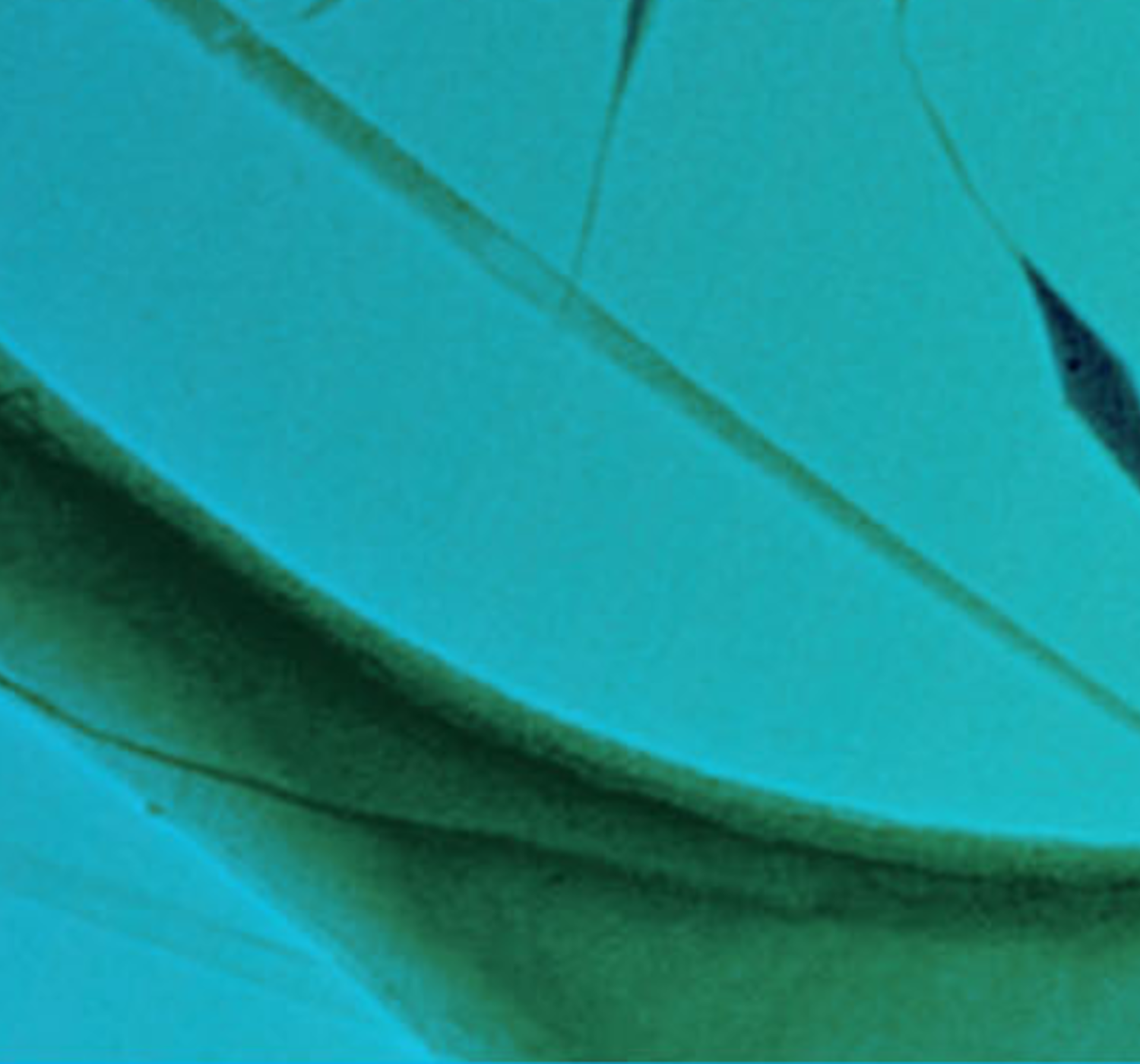
Wouldn't it be wonderful if you could study with razor-sharp precision how a brain or nerve cell works? What happens at the cellular level in prostate cancer? And how a virus infects a cell? "With our technology, researchers can study biological processes in living cells", says Pauline van Deursen, Chief Technology Officer of Vitrotem at Planet B.io.
By Alinda Wolthuis

At the Biotech Campus Delft, startup company Vitrotem is building groundbreaking technology. "We want to enable studying molecular processes under an electron microscope," says Pauline van Deursen. "That's tricky. An electron microscope is actually not suited for studying biological particles in liquid. The liquid evaporates and the particle explodes. We have come up with a solution for this: we wrap the particle in graphene. This is an extremely thin material that spontaneously 'wraps' a biological particle. The result is watertight and airtight, yet transparent. So you can use it to wrap a particle and study it under the electron microscope. That's crucial for understanding biological processes at nano scale."
Automated system
Packaging of samples in graphene is already possible, but only by hand. And it is anything but easy, because graphene is a tricky material. "It is fragile because it is so super thin. We bake it in an oven on a piece of copper. After this we dissolve the copper in liquid. The graphene then floats on the liquid. From there we collect it and subsequently position it on a substrate - a 'grid'. We then apply water to it and cover it with a second layer of graphene. The result is an ultra-small pocket of water, a 'GLC'. That is where researchers can place their biological particle and study it." Vitrotem is now developing a fully automated system to produce these GLCs. That would replace the present complicated, small-scale production process. "All a researcher has to do is insert his cell into a GLC and get to work."
Community of like-minded people
The company is still young, but the technology is already far along. Van Deursen: "In early 2022 we will place the first machines at universities to validate the technology. Early in 2023 the system will enter the market, together with graphene produced by us." The system is eagerly awaited. "What we are developing is so innovative and so attractive that it can't go fast enough for (micro)biologists."
Vitrotem feels like a fish in the water at Planet B.io. "Here we have ideal laboratory spaces at our disposal and we have been warmly welcomed. But even more importantly, we are part of a community of like-minded people here. Innovative, ambitious companies that inspire us every day!"
Want to learn more about Vitrotem? Check out their community page
